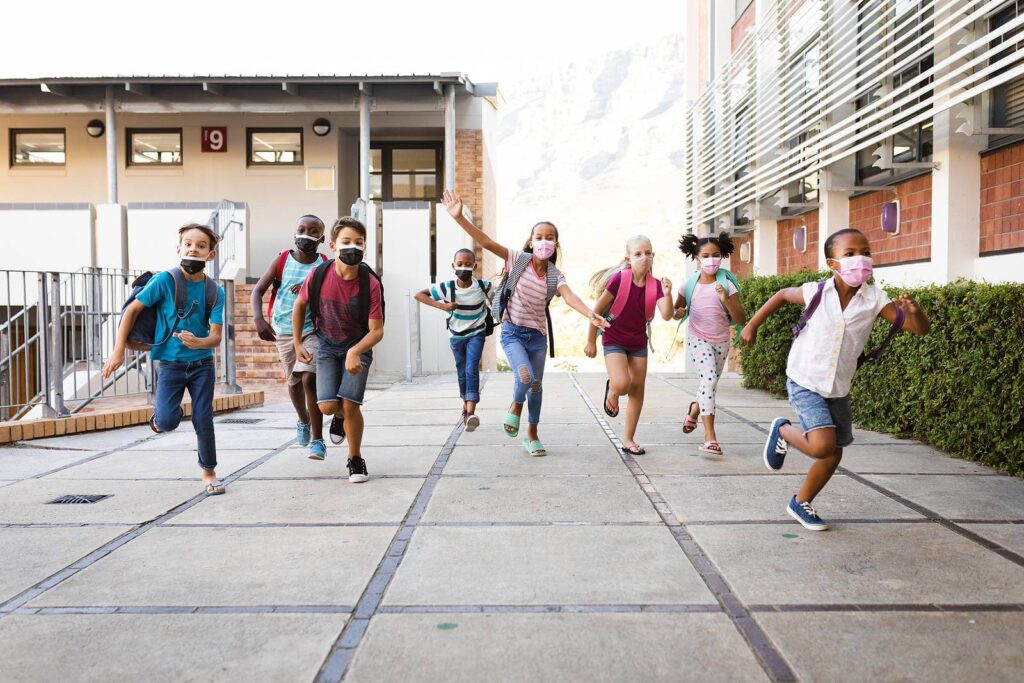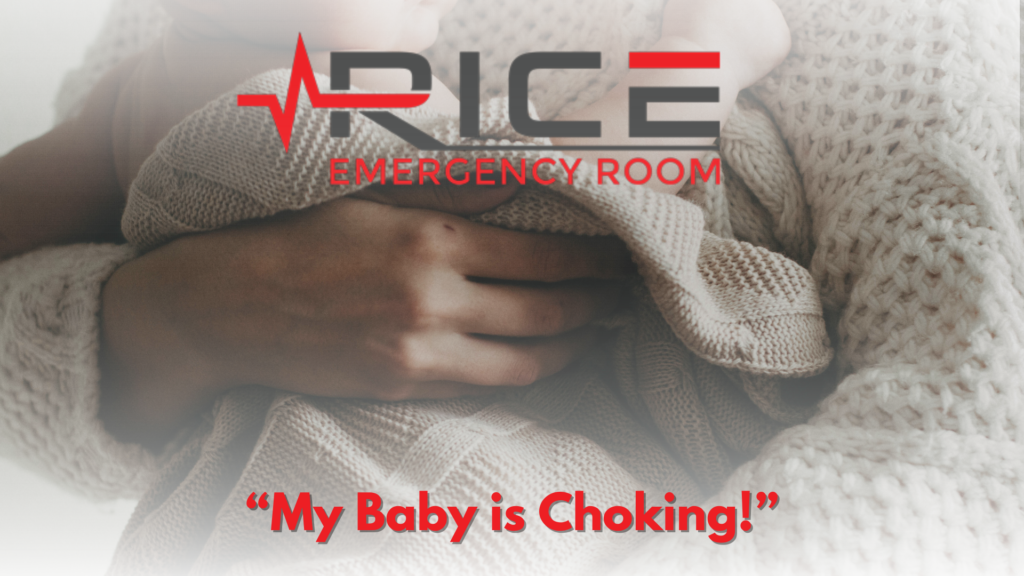Back-to-school safety affects the entire community, not just children and their parents. Parents and children need to understand the safety norms. With schools reopening nationwide, it is time for parents to amp up their safety plans. From behavioral changes to road safety, the list is quite comprehensive. Let us discuss the ways we can ensure basic back-to-school safety for all.
Be Aware Of School Zone Speeds
Following posted speed limits is essential, but we must be vigilant during the school year. Children on their way to school may become distracted and endanger themselves when crossing the street. Children are frequently out for recess, lunch, and various classes throughout the day, so it is crucial to drive with care. Slowing down and remaining hyper-aware is critical for ensuring children’s safety.
Rules Around School Transportation (Buses, Carpools)
If you are driving near a school bus, please exercise extreme caution. The majority of incidents occur outside of the school bus. Ensure that children do not arrive at the bus stop too early, as they may wander and become distracted. Children must stay clear of the road until the school bus comes to a complete stop and the doors open. Inform children that they must move at least 10 feet from the bus for the driver to see them. You should not pass a school bus with its signal lights flashing because children frequently cross the road at this time. (American Safety Council)
Training and Drills by the School
Drills are necessary to prepare a school for an emergency, but training extends beyond this. Training exercises are a method of staff training that permits performance evaluation, practice, and improvement. Training exercises can range from table-top exercises, in which participants discuss various scenarios, to full-scale activities involving community partners and resources. Students and faculty can understand their duties and responsibilities before, during, and after any type of school emergency through training and drills. Drills and training in emergency protocols can decrease confusion, panic, and even severe harm among staff and students. (Texas School Safety Center)
Mental And Behavioral Safety Norms
A safe school environment is free of bullying, violence, and substance abuse and promotes students’ physical, mental, and behavioral health. Behavioral health significantly impacts the overall safety and climate of a school. Children who are socially, emotionally, and cognitively healthy, as well as those who feel safe, are better able to concentrate on important things like safety. (Texas School Safety Center)
American Psychological Association (APA) discovered that adolescent stress was especially prevalent. In a 2018 APA study, respondents aged 15 to 21 reported significant stress levels on social and safety issues such as gun violence and school shootings, climate change, rising suicide rates, sexual harassment, and treatment of immigrants. Eighty-three percent of those polled said the school was a significant or somewhat significant source of stress.
Enforcing An EOP – Emergency Operation Plan
An emergency operation plan outlines a strategy for preventing, mitigating, preparing for, responding to, and recovering from potential natural disasters or emergencies (EOP). An EOP outlines individual responsibilities and how internal and external actions will be coordinated.
An EOP includes procedures for immediately notifying parents in case of a significant threat to children’s health or safety. It is critical to use simple language in an EOP so that the school district, fire department, police department, and other agencies all speak the same language during an emergency. This reduces the possibility of miscommunication. (Texas School Safety Center)
Special Safety Tips For Parents
Parents play a crucial role in children’s safety. Here’s how they can help other parents, children, and those around them.
Ensure that the school has both parents’ and any other emergency contacts’ contact information. It is best to notify the school if you know you will be unable to attend. Keep the school’s contact information on hand for future reference. Meet the parents of other children who go to the same school or ride the same bus as yours. This ensures that your child is being watched over even if you are not present.
Getting to know the school bus driver is also a good idea. Keep an eye on the news and the weather for events that may force school closures. Schools are sometimes evacuated or dismissed early due to emergencies. Hurricanes and other severe weather can cause school closures. If you stay current on these issues, you will know that school closures are possible and can make alternative plans accordingly. (National Safety Council)
A community that is safe for children is safe for all of us. Whether you are a student, parent, or simply a responsible community member, following recommendations can help make the school year a safe and enjoyable experience for all. For a comprehensive guide, please visit this Houston Police Department back-to-school safety guide.
Works Cited
TXSSC. “TXSSC.” A Parent’s Guide to School Safety Toolkit | Texas School Safety Center, txssc.txstate.edu/tools/parent-safety/
National Safety Council. “Slow down: Back to School Means Sharing the Road.” National Safety Council, www.nsc.org/home-safety/seasonal-safety/back-to-school/drivers.
Canada, Public Safety. “Get Prepared for Back to School Safety!” Public Safety Canada, 21 Feb. 2018, www.getprepared.gc.ca/cnt/rsrcs/sfttps/tp201009-en.aspx.
Council, Author: American Safety. “Essential Tips for Back to School Safety.” “Essential Tips For Back To School Safety, blog.americansafetycouncil.com/essential-tips-for-back-to-school-safety/




